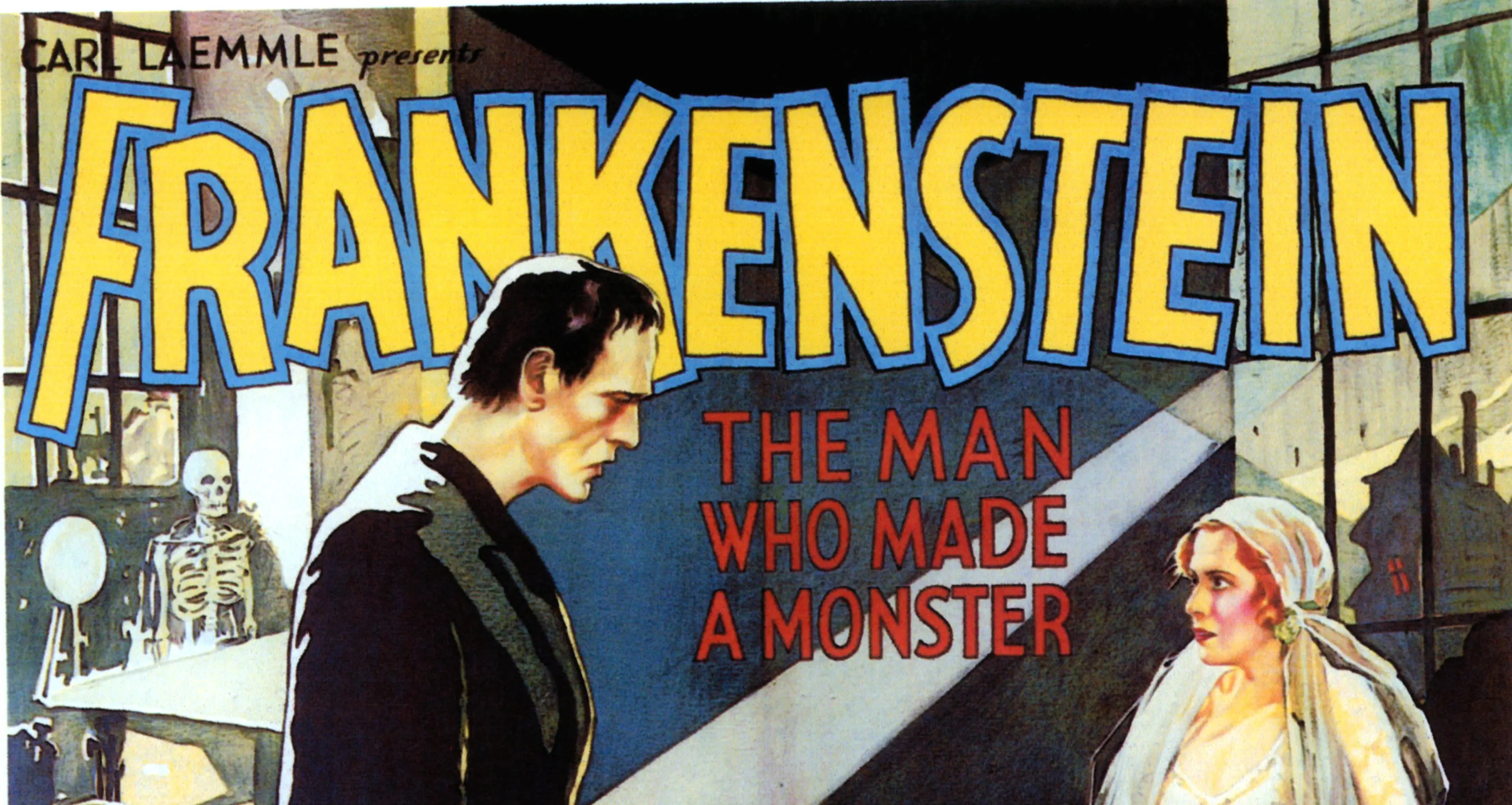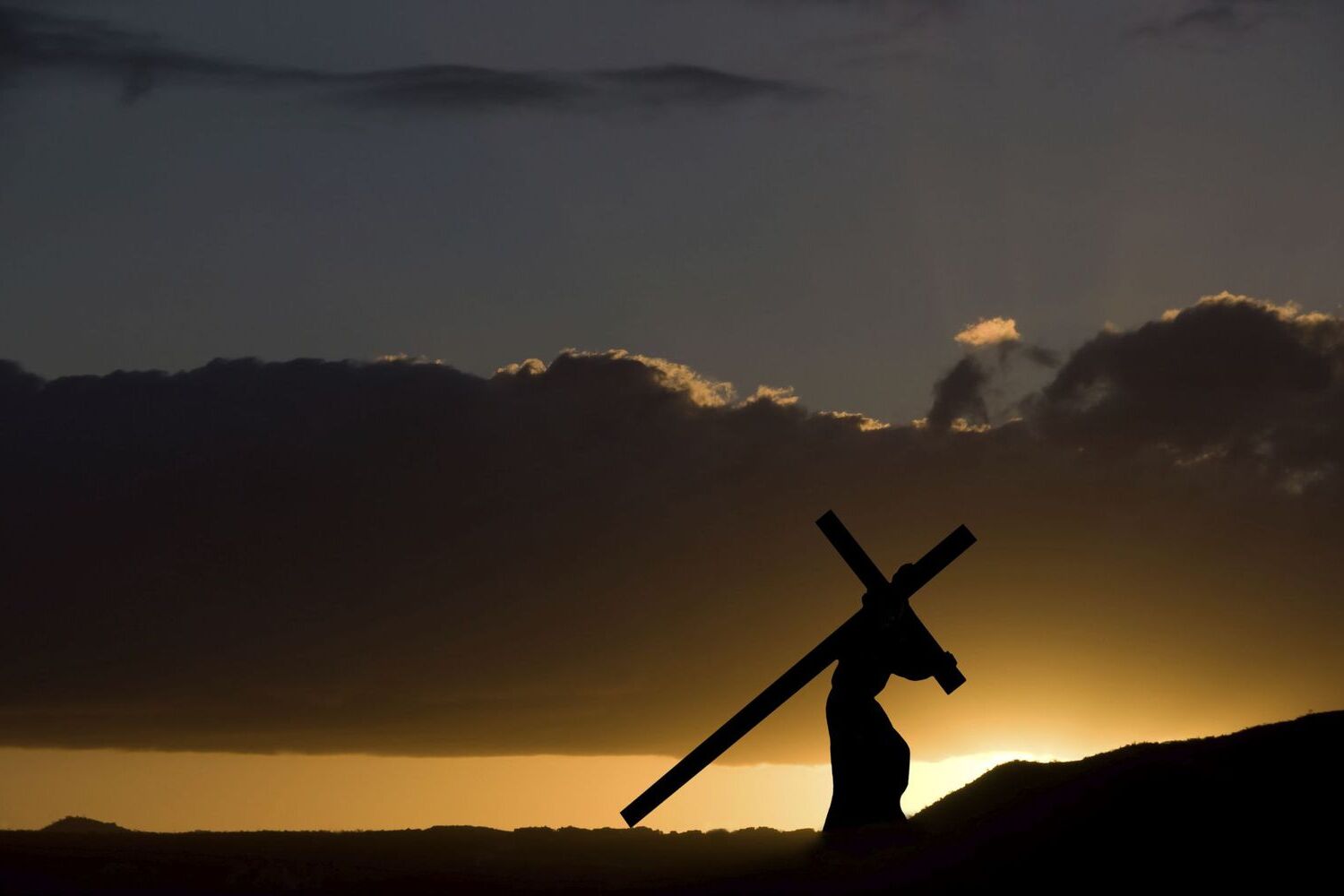
Frankenstein, the iconic monster created by author Mary Shelley, has become one of the most enduring and beloved characters in the history of cinema. Since the release of the original film in 1931, countless adaptations, spin-offs, and reinterpretations have captivated audiences around the world. From the creature’s memorable bolted neck to his tragic and misunderstood nature, Frankenstein has left an indelible mark on popular culture.
In this article, we dive deep into the world of Frankenstein, exploring 39 fascinating facts about the movie that brought this iconic monster to life. From behind-the-scenes trivia to the cultural impact of the film, we’ll uncover interesting tidbits that will surely delight both die-hard fans and curious cinephiles. So, grab your popcorn and get ready to delve into the mesmerizing world of Frankenstein!
Key Takeaways:
- The movie Frankenstein, released in 1931, set the standard for monster movies and inspired countless adaptations, making it a timeless and influential cultural phenomenon.
- Boris Karloff’s portrayal of the iconic monster, along with the film’s cautionary themes about scientific ambition, continues to captivate and terrify audiences worldwide.
The original movie adaptation of Frankenstein was released in 1931.
This black-and-white film starring Boris Karloff as the monster became an instant classic and set the standard for future portrayals of the creature.
The film was directed by James Whale.
Whale’s unique vision and direction contributed to the eerie atmosphere and haunting visuals that became synonymous with the Frankenstein tale.
The character of Frankenstein’s monster is famously portrayed as a towering, stitched-together being.
This iconic image has become deeply ingrained in popular culture and is instantly recognizable.
The film’s makeup artist, Jack Pierce, created the iconic look for the monster.
Pierce’s meticulous attention to detail and skill in prosthetics brought the creature to life, earning him much acclaim.
The movie Frankenstein was initially met with controversy.
Some critics found the film to be too shocking and disturbing for audiences, leading to censorship and bans in certain regions.
Boris Karloff’s portrayal of the monster remains one of the most memorable in cinematic history.
His ability to convey both the monster’s brutality and vulnerability contributed to the lasting impact of the character.
The famous line “It’s alive!” is often associated with the Frankenstein mythos.
Although the line does not actually appear in Shelley’s novel, it has become an iconic catchphrase closely tied to the movie adaptations.
The film’s musical score was composed by Bernhard Kaun.
The haunting melodies and dramatic compositions added depth and emotion to the already intense scenes.
The movie Frankenstein was a box office success.
Despite initial controversy, the film gained widespread popularity and solidified its place in cinematic history.
Numerous sequels and spin-offs were created in the wake of the original film’s success.
These movies further explored the Frankenstein mythos and expanded upon the character’s story.
The movie Frankenstein has inspired countless adaptations in various forms of media.
From stage plays to comic books to video games, the Frankenstein story continues to captivate audiences to this day.
The film’s success spawned a new era of horror movies known as Universal’s Classic Monsters.
This collection of films included other iconic creatures such as Dracula, the Wolf Man, and the Mummy.
James Whale, the director of Frankenstein, also directed the sequel, Bride of Frankenstein.
This film further delved into the tragic tale of Frankenstein’s monster and introduced the iconic character of the Bride.
Frankenstein’s monster has become a symbol of misunderstood outcasts and the dangers of playing god.
The character’s complex nature and themes of scientific ethics have made it a rich source of analysis and interpretation.
The movie Frankenstein was nominated for an Academy Award for Best Adapted Screenplay.
This recognition solidified the film’s importance and impact on the industry.
The portrayal of the monster in subsequent adaptations has varied greatly.
From sympathetic and tragic figures to mindless and terrifying beasts, each interpretation brings a unique twist to the character.
The film’s set design and cinematography played a crucial role in creating its haunting atmosphere.
The use of shadow and striking visuals added a sense of dread and suspense to the narrative.
Frankenstein has been parodied and referenced in numerous comedic works.
From Mel Brooks’ “Young Frankenstein” to the animated series “Hotel Transylvania,” the story’s themes and characters have been playfully reimagined.
The movie Frankenstein has been recognized by the Library of Congress as culturally significant.
It was added to the National Film Registry in 1991, ensuring its preservation for future generations.
The film’s success led to a resurgence of interest in Mary Shelley’s original novel.
Readers were drawn to the source material that inspired the iconic cinematic adaptation.
The movie Frankenstein sparked debates about the ethics of scientific experimentation.
It raised questions about the boundaries of human knowledge and the potential consequences of tampering with nature.
The character of Dr. Frankenstein is often depicted as a brilliant but morally questionable scientist.
His relentless pursuit of knowledge and disregard for the potential consequences serve as cautionary tales.
The film’s lighting techniques, particularly the use of stark contrast, added to the overall atmospheric effect.
This attention to detail created a sense of unease and heightened the tension in key scenes.
The portrayal of the monster has been interpreted as a metaphor for societal outcasts and marginalized individuals.
Its struggle for acceptance and empathy resonates with diverse audiences.
The film’s success inspired a wave of monster movies during Hollywood’s Golden Age.
These films explored the supernatural and showcased fantastic creatures, captivating audiences worldwide.
Frankenstein’s monster has become an iconic Halloween costume.
Its distinctive look and cultural significance make it a popular choice for both children and adults during the holiday season.
The film’s iconic laboratory scene, complete with bubbling chemicals and lightning, has become synonymous with the Frankenstein tale.
This imagery has been parodied and referenced countless times throughout popular culture.
The movie Frankenstein serves as a cautionary tale against the dangers of unchecked scientific ambition.
It highlights the ethical implications of playing god and the potential consequences of our actions.
The film’s success propelled Boris Karloff to stardom.
His portrayal of the monster remains one of the most celebrated performances in horror movie history.
The character of Frankenstein’s monster has appeared in various forms of media beyond film.
From comic books to action figures, the creature’s image continues to be iconic and commercially successful.
The movie Frankenstein has inspired adaptations in different genres, including psychological thrillers and science fiction.
These reinterpretations explore new facets of the story and expand upon its themes.
The film’s success led to a series of crossovers with other Universal Classic Monsters.
These crossover films brought together iconic creatures and expanded the shared universe’s mythology.
The film’s portrayal of the monster as an inarticulate brute is not entirely faithful to Shelley’s original novel.
In the novel, the monster is intelligent and capable of complex thought and emotion.
The movie Frankenstein has had a profound influence on the horror genre as a whole.
It set the stage for future monster movies and defined the characteristics and tropes associated with the genre.
The film’s themes of scientific curiosity and ambition have resonated with audiences for generations.
It explores the inherent human desire to push the limits of knowledge and the consequences that may arise.
The movie Frankenstein has been remade and reimagined numerous times.
Each adaptation brings its own unique interpretation and explores different aspects of the story and characters.
The iconic “monster reveal” scene in the movie Frankenstein is a standout moment in cinematic history.
It enthralled audiences and left an indelible mark on popular culture.
The film’s success paved the way for the creation of Universal’s Classic Monster series.
This series established the template for monster movies and created a shared universe long before Marvel’s cinematic universe.
The movie Frankenstein continues to captivate and terrify audiences over 90 years after its release.
Its themes of humanity, morality, and the consequences of our actions remain relevant and thought-provoking.
In conclusion, Frankenstein is not only a landmark film in cinematic history but also a cultural phenomenon. Its influence can be seen in countless adaptations, references, and interpretations. The enduring popularity of Frankenstein’s monster and the cautionary tale it embodies speak to the timeless nature of the story. Whether it is Boris Karloff’s iconic performance or the thought-provoking themes, Frankenstein continues to leave a lasting impression on audiences around the world.
Conclusion
Frankenstein is a timeless classic that has captivated audiences for decades. With its gripping story, memorable characters, and thought-provoking themes, it has become an iconic piece of cinematic history. The movie’s impact extends far beyond the horror genre, as it explores deep philosophical questions about the nature of life, morality, and the consequences of playing God.
Through its innovative storytelling and groundbreaking special effects, Frankenstein continues to inspire and influence filmmakers today. Its enduring popularity is a testament to its enduring relevance and the power of the human imagination. Whether you are a fan of horror movies or just appreciate thought-provoking cinema, Frankenstein is a must-watch film that continues to entertain and enthral audiences of all ages.
FAQs
Q: Who directed Frankenstein?
A: Frankenstein was directed by James Whale, who was known for his pioneering work in the horror genre during the 1930s.
Q: When was Frankenstein released?
A: Frankenstein was released on November 21, 1931.
Q: Is Frankenstein based on a book?
A: Yes, the movie is based on the novel Frankenstein; or, The Modern Prometheus by Mary Shelley, which was published in 1818.
Q: Who plays the role of Frankenstein’s monster?
A: Boris Karloff portrayed the iconic role of Frankenstein’s monster in the movie.
Q: What is the runtime of the movie?
A: The runtime of Frankenstein is approximately 1 hour and 10 minutes.
Q: Did Frankenstein receive any awards?
A: While the movie did not receive any major awards, it has since gained critical acclaim and is widely regarded as a cinematic masterpiece.
If you're captivated by the timeless tale of Frankenstein, there's more to explore! Delve into the darker depths of the franchise with "34 Facts about the movie Frankenstein Must Be Destroyed." This spine-chilling sequel reveals even more secrets and trivia that will leave you both fascinated and terrified. So, if you're ready to uncover the mysteries lurking within this iconic horror series, prepare yourself for a thrilling journey through the world of Frankenstein.
Was this page helpful?
Our commitment to delivering trustworthy and engaging content is at the heart of what we do. Each fact on our site is contributed by real users like you, bringing a wealth of diverse insights and information. To ensure the highest standards of accuracy and reliability, our dedicated editors meticulously review each submission. This process guarantees that the facts we share are not only fascinating but also credible. Trust in our commitment to quality and authenticity as you explore and learn with us.


